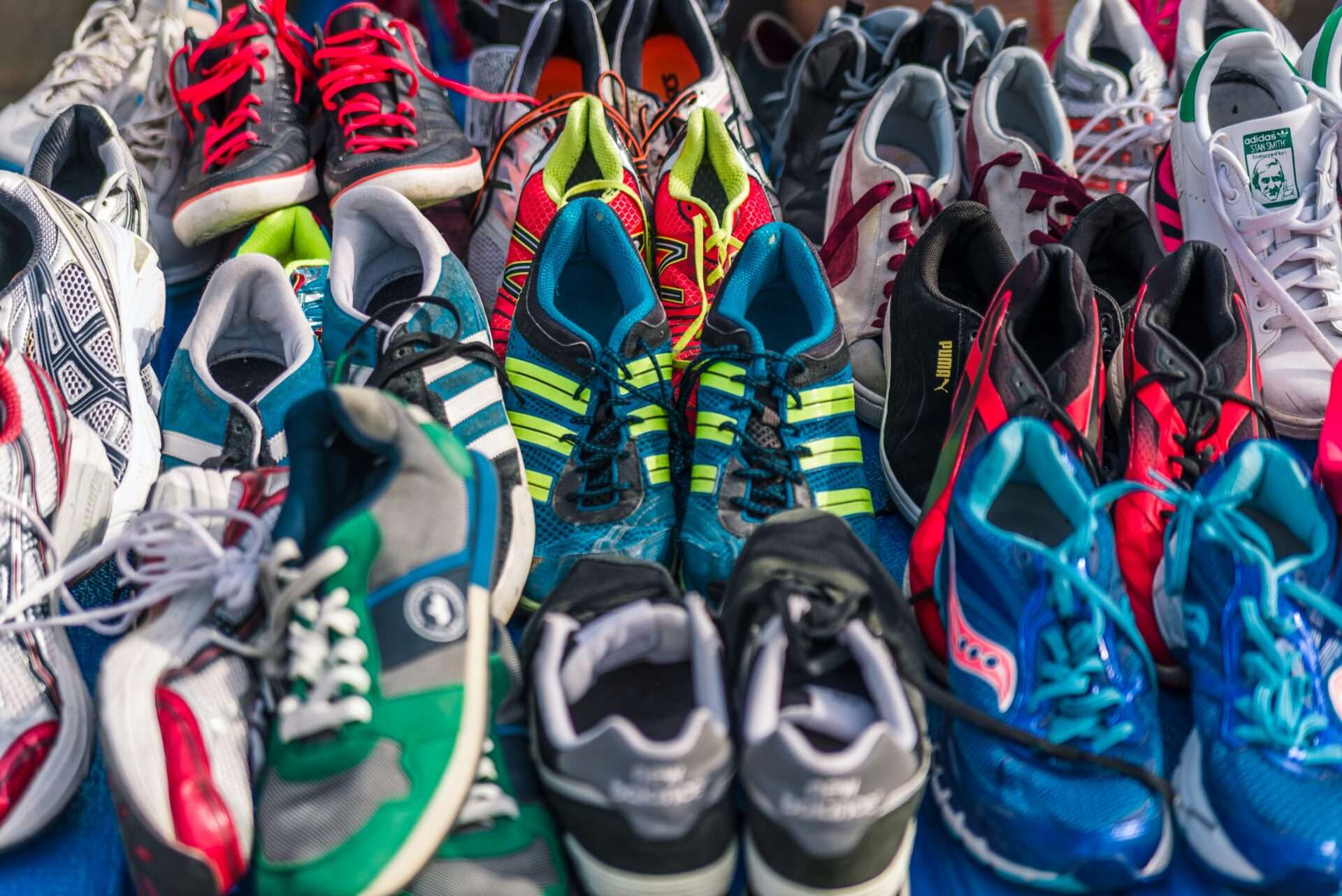The Essential Guide to Selecting Running Shoes
Finding the perfect running shoes requires understanding your unique biomechanics and running needs. This comprehensive guide covers everything from foot type analysis to shoe maintenance for optimal performance and injury prevention.
Key Factors in Shoe Selection
- Foot arch type and gait pattern determine support needs
- Proper fit prevents blisters and discomfort
- Midsole technology affects cushioning and responsiveness
Understanding Your Foot Mechanics
Determining Your Arch Type
Identify your foot structure through simple tests:
- Wet test: Step on cardboard to see footprint shape
- Professional gait analysis at specialty stores
- 3 arch types: neutral (normal), high, and flat
Gait Analysis Essentials
Why professional assessment matters:
- Identifies pronation (foot roll) patterns
- Helps match shoes to your natural movement
- Available at most running specialty stores
Finding the Perfect Fit
Sizing Guidelines
Achieving optimal fit:
- Allow thumb-width space at toe
- Heel should lock in without slipping
- Width should accommodate foot expansion
When to Replace Shoes
Signs you need new running shoes:
- 300-500 miles of use
- Visible midsole compression
- Worn tread patterns
- New aches/pains during runs
Shoe Technology Explained
Midsole Options
Comparing cushioning types:
- Soft: Maximum shock absorption
- Firm: Better energy return
- Balanced: Mix of comfort and responsiveness
Specialty Features
Innovative shoe technologies:
- Rockered soles for smooth transitions
- Stability elements for overpronators
- Breathable uppers for temperature control
Top Shoe Recommendations
Best Neutral Cushioned Shoes
For runners with efficient biomechanics:
- Brooks Ghost 15
- Nike Pegasus 40
- Hoka Clifton 9
Best Stability Shoes
For overpronators needing support:
- Asics Gel-Kayano 30
- Saucony Guide 16
- New Balance 860v13
Shoe Maintenance Tips
Cleaning and Care
Extend shoe lifespan with proper care:
- Remove dirt after each run
- Air dry away from direct heat
- Rotate between multiple pairs
Responsible Disposal
Eco-friendly shoe retirement:
- Donate gently used shoes
- Utilize manufacturer recycling programs
- Check local recycling initiatives
Running Sock Selection
Optimal Sock Features
Choosing the right running socks:
- Moisture-wicking materials
- Seamless construction
- Targeted cushioning
- Proper compression fit
Final Fitting Advice
Purchasing Tips
For the best shopping experience:
- Shop late afternoon when feet are largest
- Bring your running socks
- Test shoes on a treadmill if available
- Consult store experts for recommendations
Conclusion
The perfect running shoe combines proper fit, appropriate support, and personal comfort preferences. By understanding your foot mechanics and testing various options, you’ll find footwear that enhances your running experience while reducing injury risk. Remember that shoe needs may change over time, so reassess your requirements periodically.
Frequently Asked Questions
How often should I replace my running shoes?
Most runners should replace shoes every 300-500 miles. Heavier runners or those who frequently run on rough surfaces may need to replace them sooner.
What’s the difference between neutral and stability shoes?
Neutral shoes offer cushioning without motion control, while stability shoes include features to correct overpronation (excessive inward foot roll).
Should running shoes feel tight when new?
No, running shoes should feel comfortable immediately with about a thumb’s width of space at the toes. They shouldn’t require a “break-in” period.
How can I tell if I need stability shoes?
A gait analysis at a running specialty store can determine if you overpronate and would benefit from stability features. Flat-footed runners often need stability shoes.
Are expensive running shoes worth it?
Price doesn’t always correlate with quality. The best shoe is the one that fits your foot and running style, regardless of cost. Many excellent options exist at mid-range prices.



